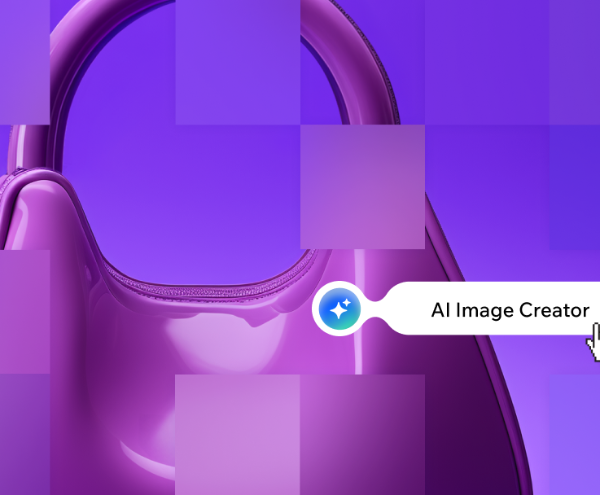We Got That Web Design Checklist
Quick We Got That Web Design Guide
We Got That Web Design
In today’s world, there is a growing trend towards ethical consumerism, with more and more people looking for products that are cruelty-free and environmentally friendly. This trend has also extended to the world of e-commerce, with many online shoppers now seeking out websites that are certified as being “beast-free.” This term refers to websites that do not sell products that have been tested on animals or that contain animal-derived ingredients.

We Got That Web Design Explained
We Got That Web Design
1. Start with a unique concept
When developing a new recipe, it is important to start with a unique concept that sets your dish apart from others. Consider combining unexpected flavors, using new cooking techniques, or incorporating unusual ingredients to create a recipe that will pique your readers’ interest. You can draw inspiration from different cuisines, culinary trends, or seasonal ingredients to come up with a concept that is both original and appealing.
2. Experiment with different ingredients and flavors
Building recipes is all about experimentation and creativity. Don’t be afraid to try out new ingredients and flavor combinations to create exciting and delicious dishes. Consider incorporating fresh herbs, spices, citrus zest, or other aromatic ingredients to enhance the flavors of your recipe. Experimenting with different cooking techniques, such as grilling, roasting, or braising, can also add complexity and depth to your dishes.
3. Consider dietary restrictions and preferences
When building recipes for your website, it is important to consider the dietary restrictions and preferences of your audience. Make sure to provide options for different dietary needs, such as vegetarian, gluten-free, dairy-free, or vegan recipes. Including nutritional information, such as calorie count, macronutrients, and allergen information, can also make your recipes more accessible and appealing to a wider audience.
4. Include detailed instructions and tips
When writing out your recipes, be sure to provide detailed instructions that are easy to follow. Include step-by-step directions, cooking times, and temperatures, as well as helpful tips and tricks to ensure success in the kitchen. Consider including photos or videos to visually demonstrate each step of the cooking process, making it easier for your readers to replicate your recipes at home.
5. Test your recipes
Before publishing a new recipe on your website, be sure to test it multiple times to ensure that it is accurate and delicious. Invite friends or family members to sample your dishes and provide feedback on the taste, texture, and presentation. Adjust the seasoning, cooking times, or ingredient ratios as needed to perfect your recipe before sharing it with your audience.
6. Engage with your audience
Building recipes on your website is not just about creating delicious dishes – it is also about engaging with your audience and building a community around your food blog. Encourage your readers to leave comments, ask questions, and share their own experiences with your recipes. Consider hosting cooking demonstrations, virtual cooking classes, or recipe contests to interact with your audience and showcase your culinary skills.
Benefits of a One Pager Website:
1. Simple and Easy to Navigate: One pager websites are designed to be simple and easy to navigate, making it easier for visitors to find the information they need quickly and efficiently.
2. Cost-Effective: Building a one pager website is more cost-effective than a traditional multi-page website. You can save on hosting fees, design costs, and maintenance fees by having a single webpage.
3. Mobile-Friendly: With the increasing use of mobile devices, it is important to have a website that is responsive and mobile-friendly. One pager websites are designed to be easily viewable on all devices, ensuring a seamless user experience.
4. Improved SEO: Having a one pager website can improve your search engine rankings as it allows you to focus on specific keywords and content. This can help drive more traffic to your website and increase your online visibility.
5. Quick Load Times: One pager websites have faster load times compared to multi-page websites, ensuring that visitors can access your site quickly and easily.
How to Build a One Pager Website:
1. Define Your Goals and Target Audience: Before you start building your one pager website, it is important to define your goals and identify your target audience. Determine what you want to achieve with your website and who you are trying to reach.
2. Choose a Website Builder: There are several website builders available that make it easy to create a one pager website without any coding knowledge. Popular website builders include Wix, Squarespace, and WordPress. Choose a platform that best suits your needs and budget.
3. Select a Template: Most website builders offer a variety of templates to choose from. Select a template that aligns with your brand and conveys the message you want to communicate to your audience.
4. Customize Your Design: Once you have selected a template, you can customize the design of your one pager website. Add your logo, choose a color scheme, and upload high-quality images that represent your business effectively.
5. Create Compelling Content: The content on your one pager website should be concise, engaging, and informative. Include a brief overview of your business, highlight your products or services, and provide contact information for visitors to reach out to you.
6. Include Calls to Action: Encourage visitors to take action on your one pager website by including clear and compelling calls to action. This could be signing up for a newsletter, requesting a quote, or making a purchase.
7. Optimize for SEO: Improve the visibility of your one pager website by optimizing it for search engines. Use relevant keywords, meta tags, and alt text for images to improve your search engine rankings.
8. Test and Launch: Before launching your one pager website, make sure to test it on different devices and browsers to ensure that it is functional and looks great. Once you are satisfied with the design and content, you can launch your website and start promoting it to your target audience.

We Got That Web Design
We Got That Web Design
In conclusion, no code web builders have transformed the web development industry by providing a user-friendly, cost-effective, and efficient solution for building customized websites. This innovative technology has empowered individuals and businesses of all sizes to create professional-looking websites without the need for coding skills or technical expertise. No code web builders offer a wide range of benefits, including time and cost savings, flexibility and customization, user-friendliness, and ease of maintenance. As the demand for no code web builders continues to rise, it is clear that this technology will play a key role in shaping the future of web development.


